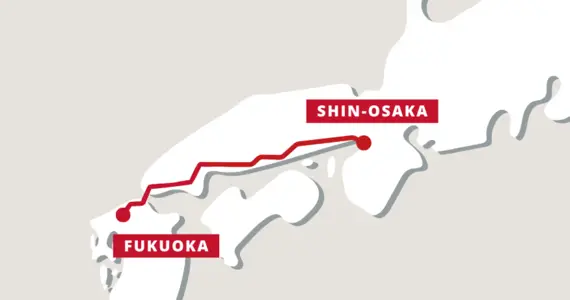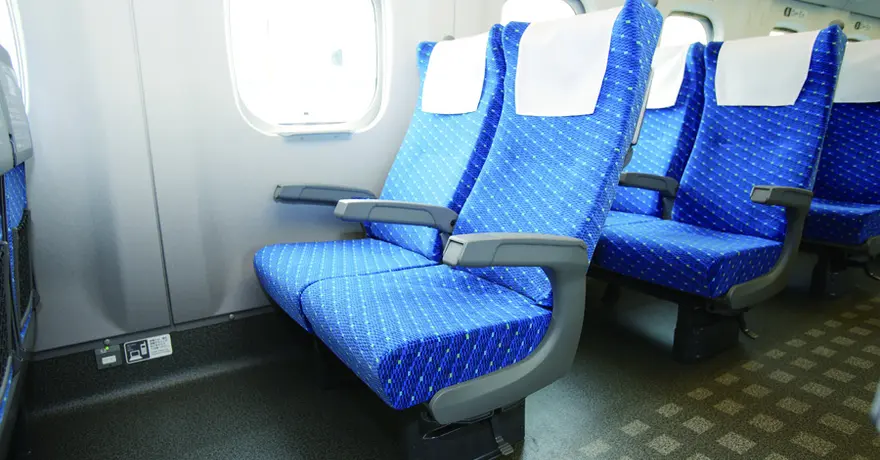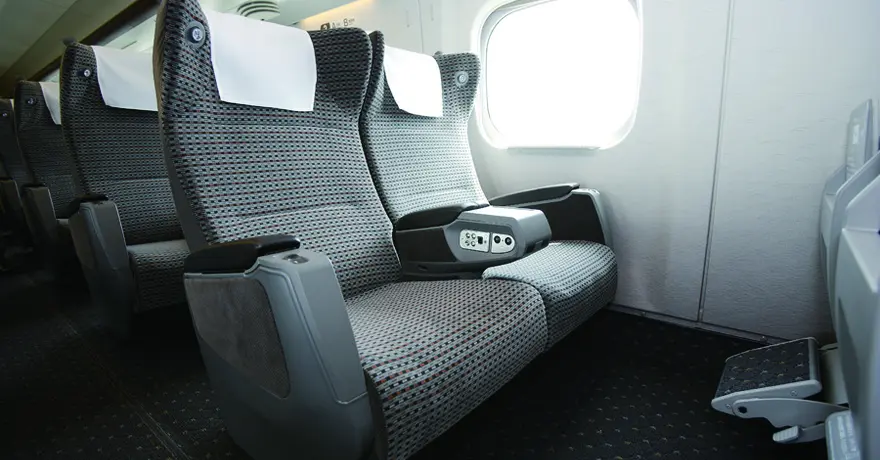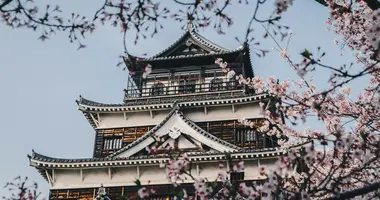Train Tickets from Fukuoka (Hakata) to Osaka
Official train tickets seller
Choose your preferred seat
7/7 Assistance
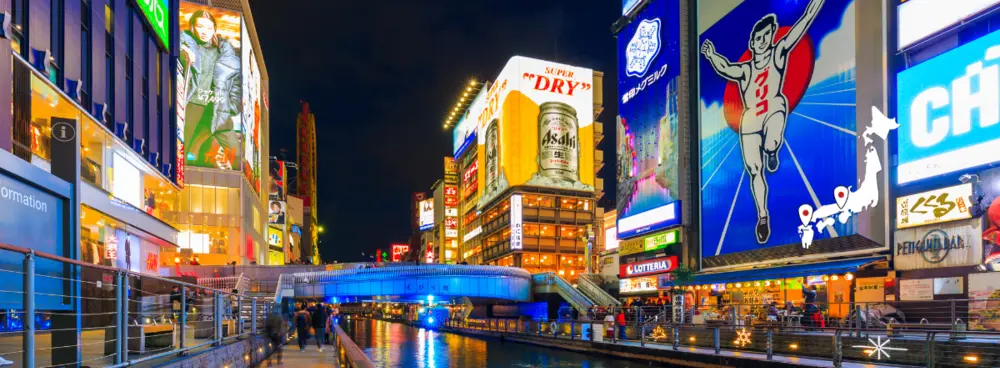
Travel conditions
Ticket type
Passenger information
Seating options
Luggage conditions
Buy your train tickets in Japan in 3 easy steps
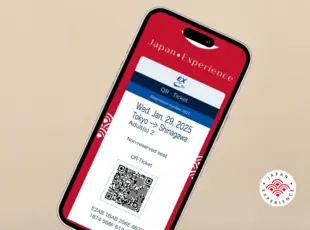
Choose and buy your train tickets for your preferred travel date
Receive your e-ticket one month before departure
Scan your e-ticket in train stations in Japan
Trains in Japan: what does it look like?
What our customers say about us
Travel advice from our Japan train expert
Traveling by train in Japan
Japan boasts a highly developed rail system, making it an incredibly practical mode of transportation for both locals and visitors. As a result, both residents and tourists often find themselves using trains almost daily, whether it's their local lines or the renowned Shinkansen bullet trains. For those embarking on their first journey to Japan, the significance of train travel during their stay is likely to be a consideration.
Although train travel is a common aspect of life in Japan, there are several factors that may necessitate some prior knowledge or preparation before first-time travelers board a train. This is true even for those hailing from countries with a strong train travel culture.
What makes trains so popular in Japan?
Japan's rail transportation network is regarded as one of the finest globally. Riding the train in Japan can be described in three words: efficient, fast, and clean. Until you experience it firsthand, it’s difficult to grasp just how easy and remarkably convenient train travel is in Japan. Even with millions of passengers utilizing the rail system daily, trains remain impeccably clean, punctual, and operational. For many, this may seem like a dream compared to the train services in their own countries.
There are numerous factors contributing to this remarkable railway system, but it primarily stems from Japan's dependence on fossil fuel imports, which led the nation to significantly invest in its train transportation network. Since the late 1800s, Japanese train companies have been constructing lines to transport people and goods efficiently from one location to another, and as a result of this extensive network, cities began to develop around train stations. Unlike much of Western urban development that prioritized car-centric infrastructure, Japan largely shaped its urban expansion around these train hubs. In most Japanese cities, train stations serve as the economic and demographic heart of the area.
Through strategic investment in its rail system, Japan has successfully established one of the most dependable, swift, and secure rail networks globally!
Shinkansen information
The Tokaido Shinkansen, renowned for its efficiency and speed, connects Fukuoka and Osaka. Spanning a distance of approximately 550 kilometers (345 miles), this high-speed train offers stops at major cities such as Hiroshima, Okayama and Kobe. The typical journey takes slightly over 2 hours and 30 minutes, allowing passengers to witness the ever-changing landscapes from Fukuoka in the Kyushu region to Osaka in the Kansai region. Departing from Hakata Station in Fukuoka, the trains ultimately arrive at Shin-Osaka Station in Osaka.
Different types of Shinkansen
When traveling from Fukuoka to Osaka, passengers have the option to choose from three types of Shinkansen trains: Sakura, Kodama, and Nozomi. Sakura trains make fewer stops and complete the trip in approximately 2 hours and 40 minutes. Kodama trains, on the other hand, make more stops, resulting in a journey time of slightly over 4 hours and 15 minutes from Fukuoka to Osaka. The Nozomi, being the fastest option, operates as an express service but comes at a higher cost. It is worth noting that all Nozomi Shinkansen trains require reserved seats.
Regardless of the train type, passengers can enjoy reclinable seats, overhead storage, power outlets, and more onboard. Traveling by Shinkansen from Fukuoka to Osaka ensures both efficiency and comfort. It is recommended to research all seat and car options to book a train ticket that suits your travel needs.
How to get to Fukuoka's Hakata Station
Hakata Station, located in the heart of Fukuoka, serves as a central transportation hub with a wide range of public transportation routes. It plays a vital role as the primary station for Shinkansen trains in Fukuoka, facilitating both arrivals and departures. Hakata Station is well-connected by multiple JR lines, including JR Kyushu's Fukuhoku-Yutaka Line and Kagoshima Main Line, as well as JR West's Hakata-Minami Line. Additionally, the Kuko (Airport) and Nanakuma subway lines, along with numerous bus lines and airport transfer options, also have stops at Hakata Station. These extensive transportation networks offer convenient travel options within Fukuoka, its metropolitan area, and the surrounding prefectures and regions.
If you are arriving to Fukuoka from the Okinawa islands or any other destination that you are flying in from, Hakata Station is located very close to the airport, making it very easy and convenient to come from a flight on one of the many airlines serving Fukuoka directly into the Shinkansen to Osaka.
Where to go from Shin-Osaka Station
Shin-Osaka, the primary train station in Osaka, can be found in the Higashi-Yodogawa ward. It is conveniently connected to various local public transportation lines operated by JR, serving both the Osaka metropolitan area and the wider Kansai region. Additionally, the Midosuji and Osaka East Line subway lines make stops at Shin-Osaka. With these extensive transportation options, you can easily reach the other major rail stations in the city, namely Osaka-Umeda and Namba. Furthermore, Shin-Osaka station serves as a departure point or stop for multiple bus lines.
